Optimal Timing for Tennis Court Restorations
Tennis court restorations are most effective when performed during periods of optimal weather conditions. Dry, mild temperatures with low humidity facilitate proper curing and adhesion of resurfacing materials. Typically, late spring through early fall offers the most suitable window, depending on regional climate patterns.
Spring provides moderate temperatures and lower humidity, making it ideal for resurfacing projects before peak tennis season.
Early summer offers warm weather, but excessive heat and humidity can affect curing times and material performance.
Fall allows for restorative work with cooler temperatures, avoiding the peak heat of summer and ensuring proper setting.
Rain, high humidity, and extreme temperatures can delay or compromise restoration quality, emphasizing the importance of selecting the right season.
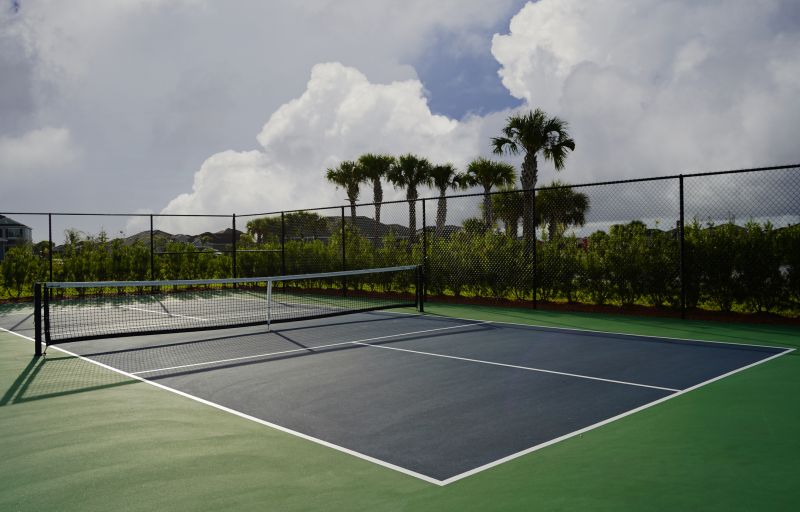
Tennis court resurfacing during spring benefits from favorable weather conditions.
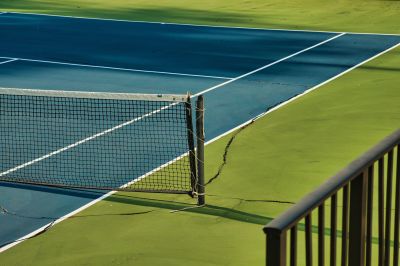
Summer offers warm temperatures but requires monitoring for humidity and heat.
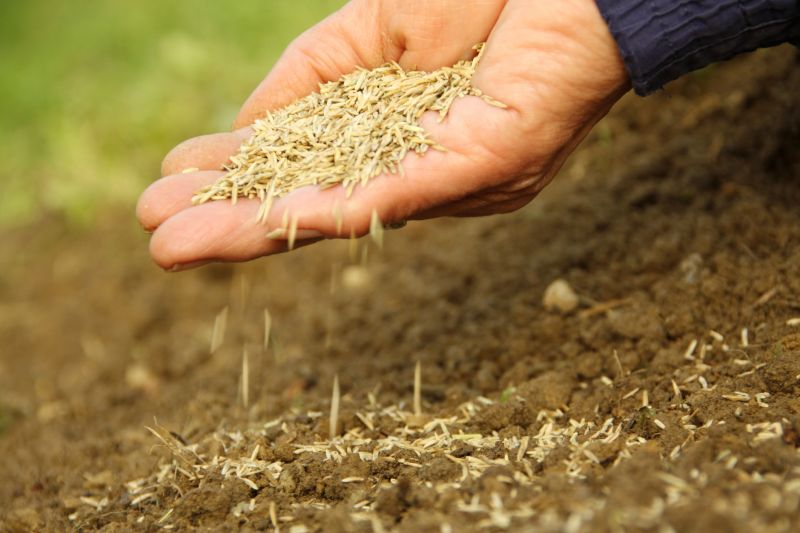
Fall is suitable for restorative work, with cooler temperatures aiding curing processes.
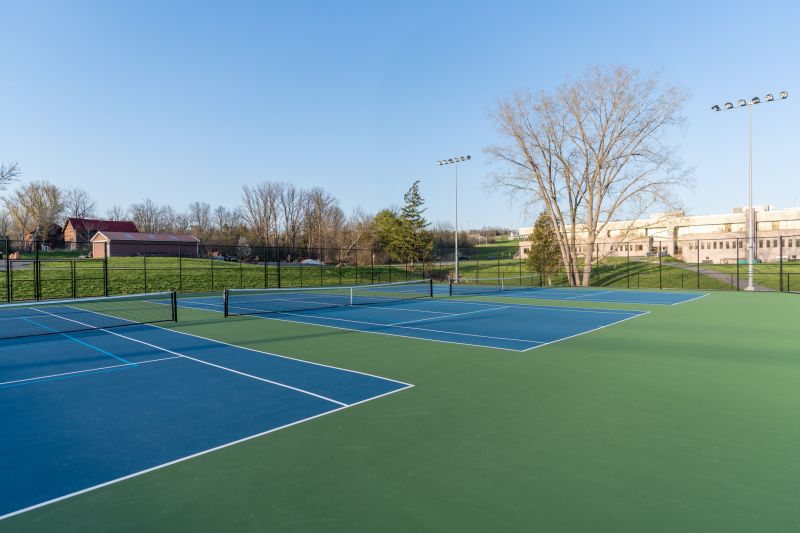
Ways to make Tennis Court Restorations work in tight or awkward layouts.
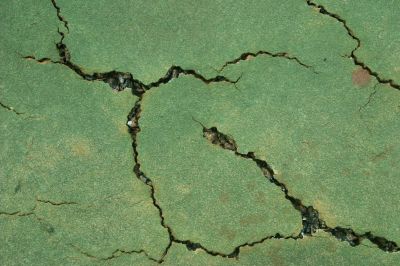
Popular materials for Tennis Court Restorations and why they hold up over time.
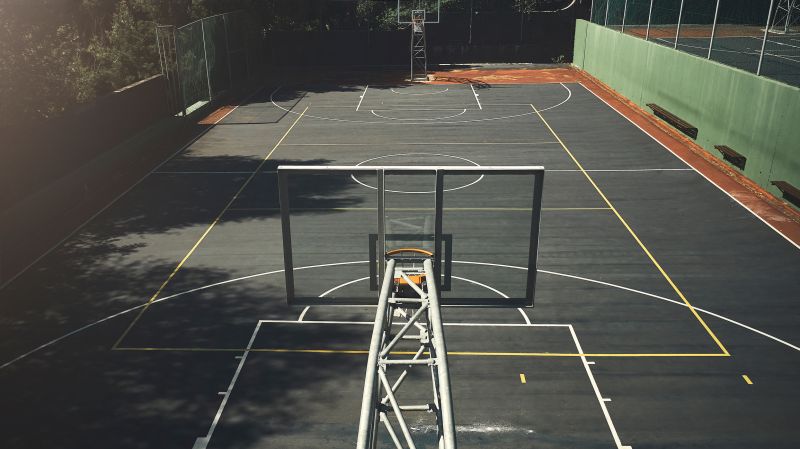
Simple add-ons that improve Tennis Court Restorations without blowing the budget.
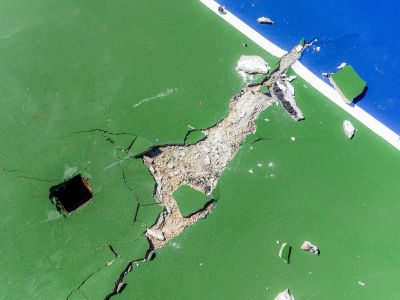
High-end options that actually feel worth it for Tennis Court Restorations.
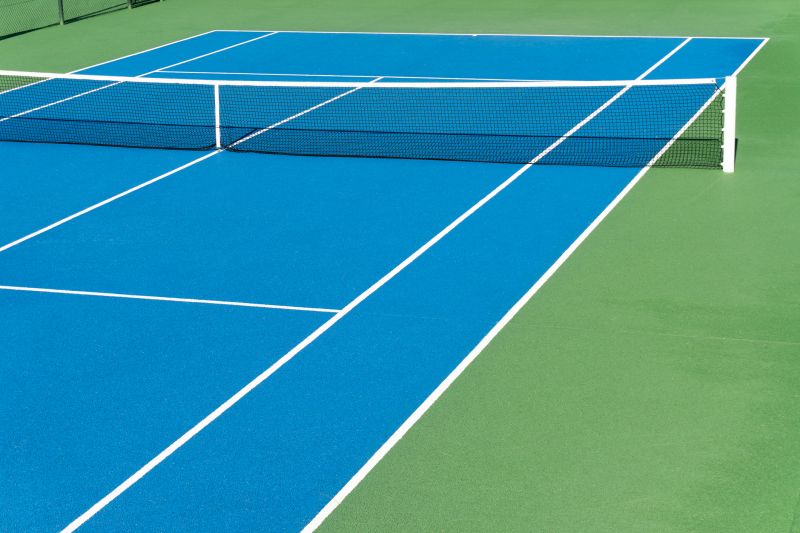
Finishes and colors that play nicely with Tennis Court Restorations.
| Season | Ideal Conditions |
|---|---|
| Spring | Moderate temperatures, low humidity, dry weather |
| Summer | Warm weather, but watch for high humidity and heat |
| Fall | Cooler temperatures, minimal rain, stable conditions |
| Winter | Not recommended due to cold and potential moisture issues |
Tennis court restorations involve multiple stages, including surface cleaning, crack repairs, and resurfacing. Proper timing ensures these processes are completed under conditions that promote durability and optimal performance. Restorative work can extend the lifespan of a court significantly, improving playability and safety.

Proper weather conditions are critical for a quality finish.

Timing repairs during suitable weather prevents future damage.
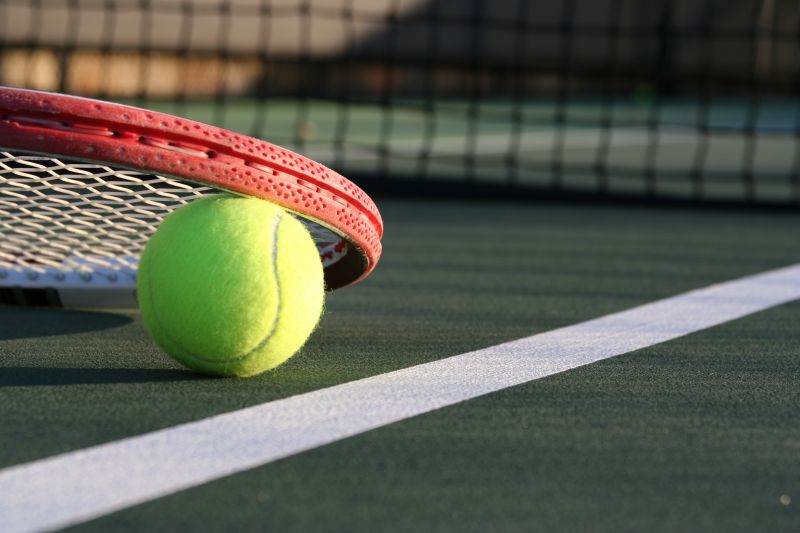
Clean and dry conditions ensure effective adhesion.

Optimal weather ensures a smooth, durable surface.
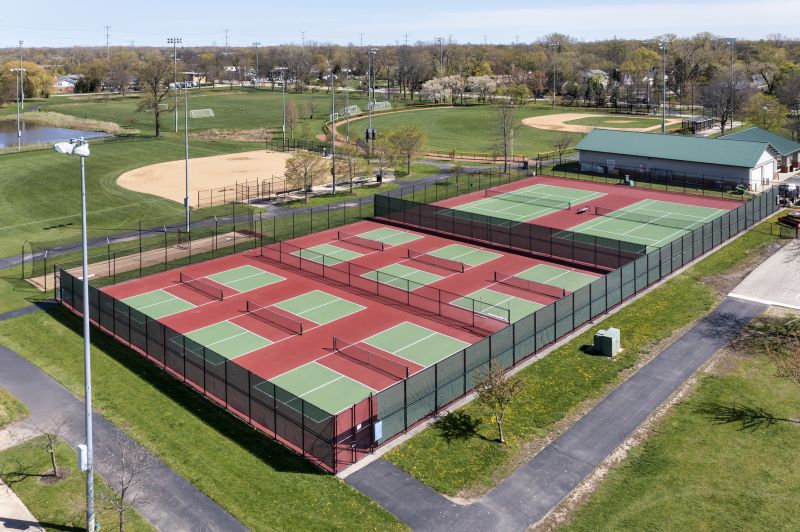
Little measurements that prevent headaches on Tennis Court Restorations day.
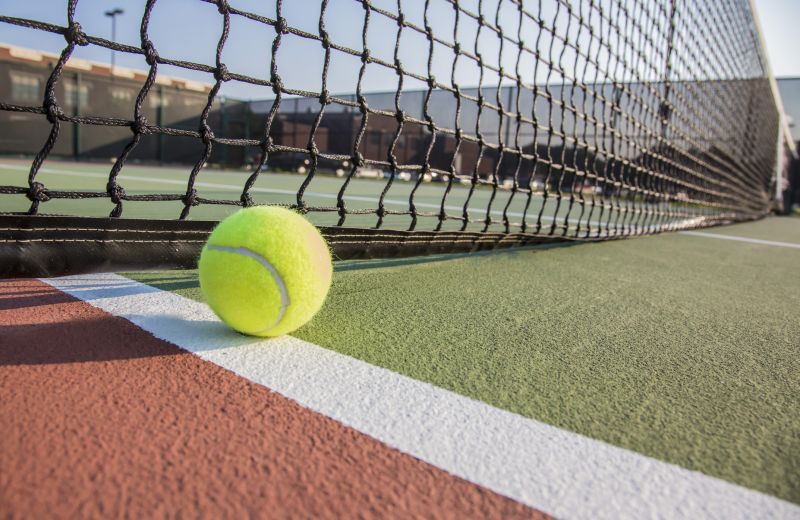
A 60-second routine that keeps Tennis Court Restorations looking new.

A frequent mistake in Tennis Court Restorations and how to dodge it.

Small tweaks to make Tennis Court Restorations safer and easier to use.
Interested parties are encouraged to contact for more information on scheduling tennis court restorations during the optimal seasons. Proper planning and timing can enhance the longevity and quality of the court surface, ensuring a better playing experience.



